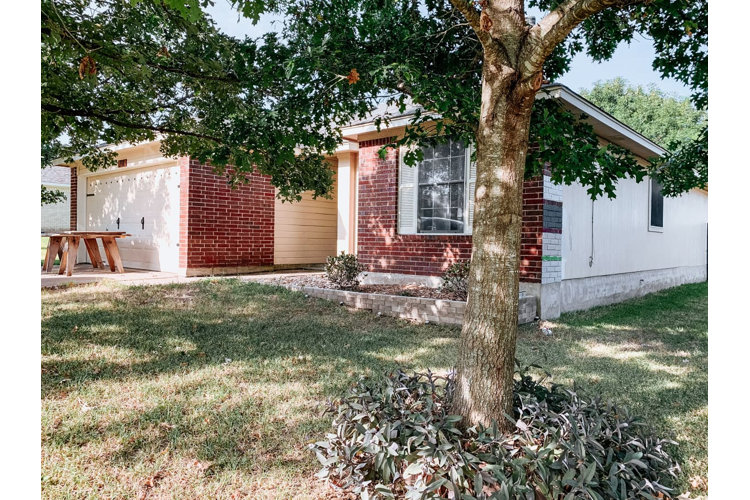
Leaky Roof Fix: DIY Repair Guide
A leaky roof can be a homeowner’s nightmare, but fear not – with the right approach, you can tackle this issue yourself. In this DIY repair guide, we’ll take you through the step-by-step process to fix a leaky roof and prevent further damage.
Assessing the Damage
Before starting any repairs, assess the extent of the damage. Safely climb onto the roof and look for obvious signs of damage such as missing or damaged shingles, cracked flashing, or areas with water pooling. Identifying the source of the leak is crucial for effective repairs.
Gathering Necessary Tools and Materials
Once you’ve assessed the damage, gather the necessary tools and materials for the repair. You’ll likely need roofing cement, a caulking gun, replacement shingles, a pry bar, a hammer, and a ladder. Ensure you have proper safety equipment, including a harness, to prevent accidents while working on the roof.
Securing the Area
Safety is paramount during roof repairs. Secure the area around your work zone by roping it off and placing warning signs. Ensure the ladder is stable and positioned on a flat surface. If possible, have a helper on the ground to assist and pass up tools or materials as needed.
Fixing Damaged Shingles
If the leak is due to damaged shingles, carefully remove the affected ones using a pry bar. Slide the bar under the damaged shingle and lift it gently. Replace it with a new shingle of the same type, securing it with roofing nails. Be sure to align the replacement shingle with the existing ones for a seamless look.
Repairing Flashing
Flashing, the metal strips that seal joints on the roof, can be a common source of leaks. Inspect the flashing for damage or gaps. If you find any issues, apply roofing cement to seal the gaps or replace the flashing if necessary. Ensure a tight seal to prevent water infiltration.
Applying Roofing Cement
Roofing cement is a valuable tool for patching leaks. Use a caulking gun to apply roofing cement to areas with cracks or gaps. Pay special attention to areas around chimneys, vents, and skylights. Smooth the cement with a putty knife to create a watertight seal.
Addressing Vent Pipe Leaks
Vent pipes can be vulnerable points for leaks. Check the rubber boot around the base of the vent pipe for cracks or deterioration. If the boot is damaged, replace it with a new one and seal the edges with roofing cement. Ensure a snug fit to prevent water from seeping in.
Checking Attic and Ceiling Damage
While you’re addressing the exterior issues, don’t forget to check the interior. Inspect the attic for signs of water damage, including stains, mold, or damp insulation. Examine the ceiling for water spots or peeling paint. Identifying and fixing interior damage is crucial for a comprehensive repair.
Preventing Future Leaks
Once you’ve repaired the leak, take steps to prevent future issues. Trim overhanging branches to prevent them from damaging the roof during storms. Clean gutters regularly to ensure proper water drainage. Conduct periodic roof inspections to catch potential problems early.
Seeking Professional Help
While DIY roof repairs are possible, there are instances where professional assistance is warranted. If the damage is extensive, or if you’re uncomfortable working on the roof, it’s advisable to consult with a roofing professional. They can provide a thorough assessment and recommend the best course of action.
In conclusion, tackling a leaky roof can be a manageable DIY project with the right tools and knowledge. By assessing the damage, gathering the necessary materials, and following the step-by-step guide, you can repair the leak and safeguard your home from further water damage. For additional tips and resources, check out repair a leaky roof on our website.










.png)











